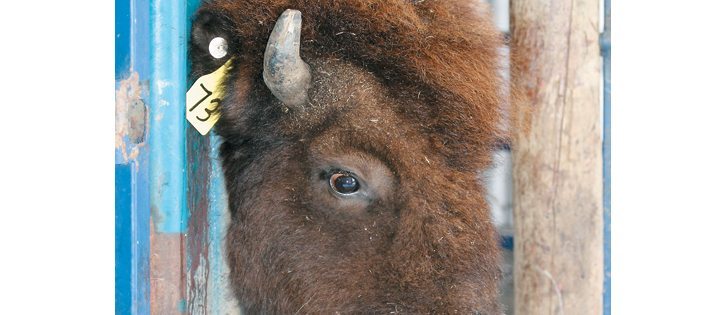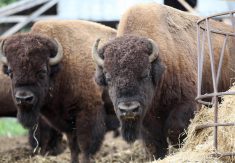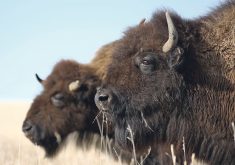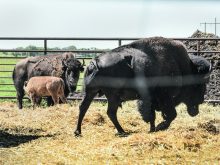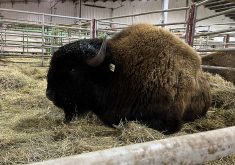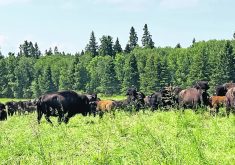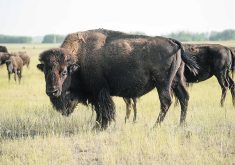Systems should be designed to minimize stress and allow the animal to be processed quickly
Handling bison is always a challenge, but doing it with agitated animals in a poorly designed system can be dangerous, and perhaps even deadly.
That was one of the messages delivered last week during the first International Symposium on Bison Health.
The symposium, held June 24-26 in Saskatoon, attracted bison producers and veterinary experts from across North America to discuss prominent bison health issues such as bison nutrition, reproduction, vaccination strategies, disease and parasite management and animal welfare and handling.
Bison handling techniques have improved significantly over the past few decades, said veterinarian Roy Lewis, a technical services veterinarian with Merck Animal Health.
Read Also
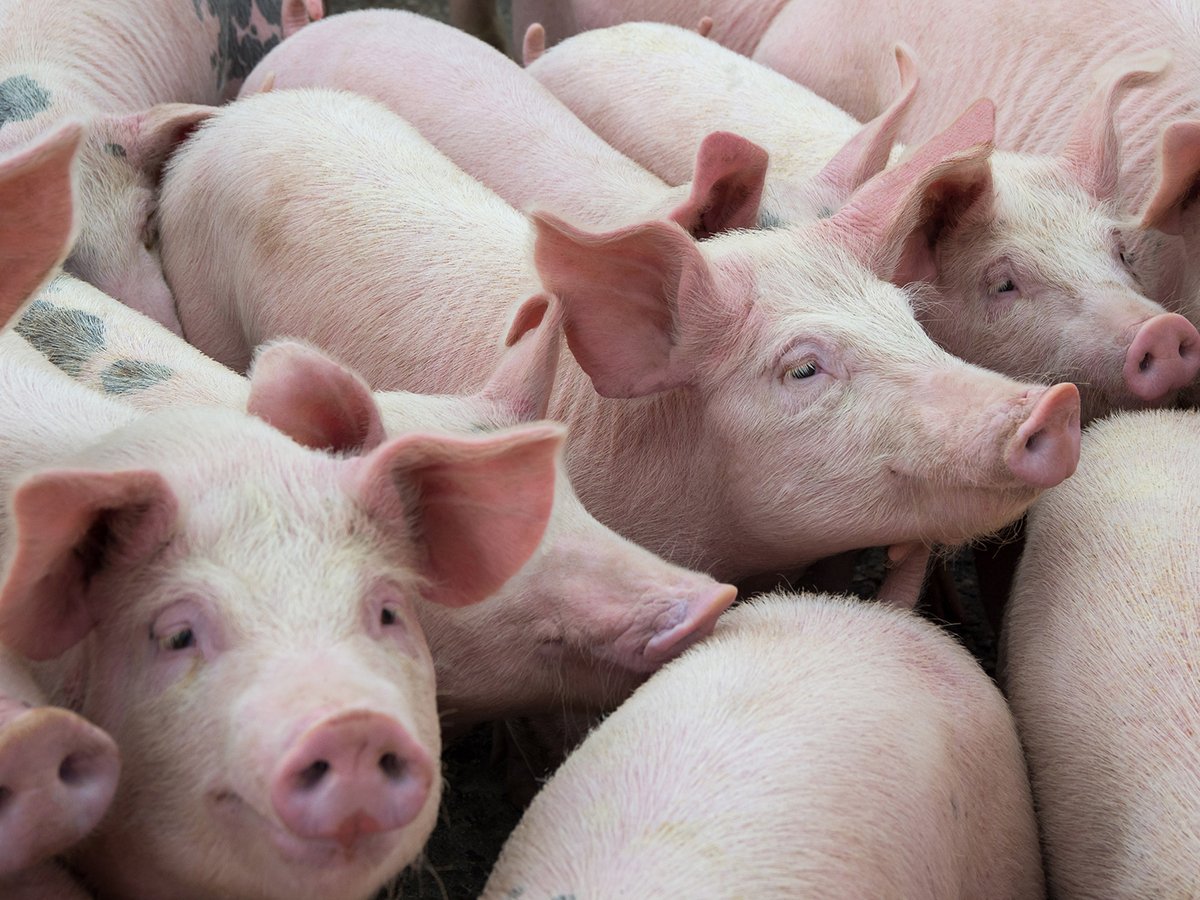
Quebec pork company calls for transparency around gene-edited pigs
Quebec-based pork company duBreton is calling for transparency around meats from gene-edited pigs on concerns that a lack of mandatory labelling will confuse consumers, and dilute certification claims. The organic sector is also calling for labelling rules.
In a presentation to the symposium, Lewis said bison, unlike cattle, require handlers to take extra care during penning and processing.
With beef cattle, handlers can often get by using handling systems that are poorly designed. However, handling systems that have design flaws or poorly functioning components are quickly exposed when working with bison.
“Facilities have changed a lot over the years,” said Lewis.
“The older facilities were really well thought out in their day … but I think we’ve (learned a bit) and now are actually making the systems simpler.”
Lewis said the most effective handling systems are those that minimize stress and allow animals to be processed quickly and efficiently. They start with an effective gathering technique.
Baiting prior to processing is a proven strategy that minimizes stress on the animals.
Animals can be baited into a well-designed gathering area that offers no less than 200 sq. feet of space per head. After that, a well-designed system will allow handlers to push the animals gently forward and then provide a few moments of relief.
Handlers should always walk through the system before processing so that they can identify any weaknesses or stressors and eliminate them before introducing animals.
All doors, sliders and chute mechanisms, including latches, should be examined to ensure they are working properly.
Always anticipate issues that might arise during processing and ensure that all required equipment is close at hand so as to minimize time in the chute and stress on the animals.
“If you have a good set-up, things will go pretty well,” Lewis said.
“If you have a weak spot in your system, usually the bison will show you that weak spot.
“If you get the odd (animal) that will balk at a certain place, maybe that is a weak spot in your system and you can do something to (address that).”
Handlers should always be aware of signs that indicate bison are becoming stressed. Raised tails, snorting, balking, frothing, open-mouthed or laboured breathing, pushing, goring, lying down and charging are tell-tale signs that bison are stressed.
“We all know a lot of the behavioural signs of stress (in bison).”
Handling aids should also be used thoughtfully, with the least intrusive option used first and the most intrusive saved for extraordinary circumstances.
Prods should rarely be needed in a well-designed system.
“Really, the prod is almost never used,” he said.
“The neat thing about bison is that if the set-up is good … prods are almost a non-necessity.”
The most effective handlers use self audits to identify handling deficiencies, assess animal comfort, monitor handling injuries and implement improvements for future processing activities. Broken horns, bloody noses and stressed animals were commonplace years ago in even the best handling systems.
Today, experienced handlers can process an entire herd with few injuries or none at all.
“It’s pretty amazing how far we’ve come as far as the handling systems and how we (manage the animals).”




